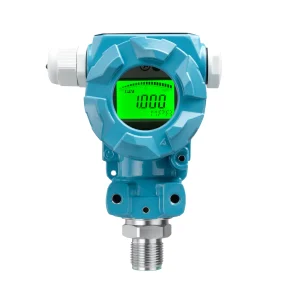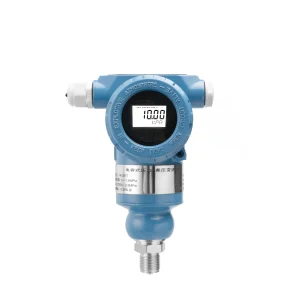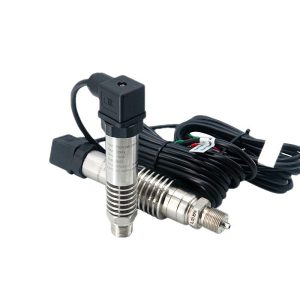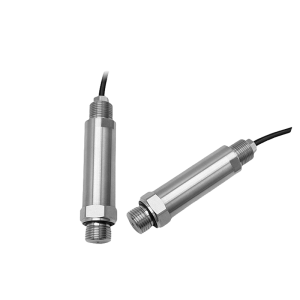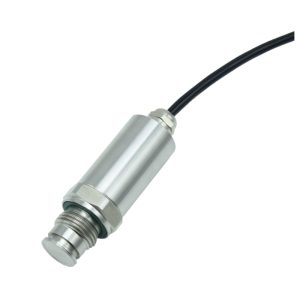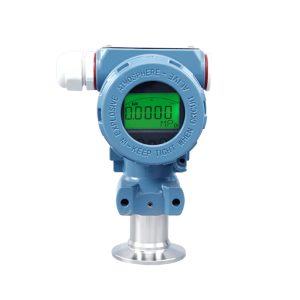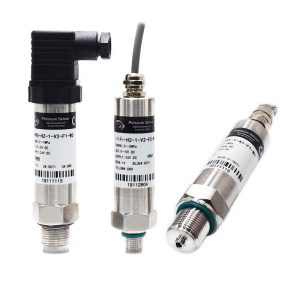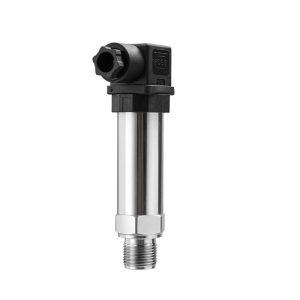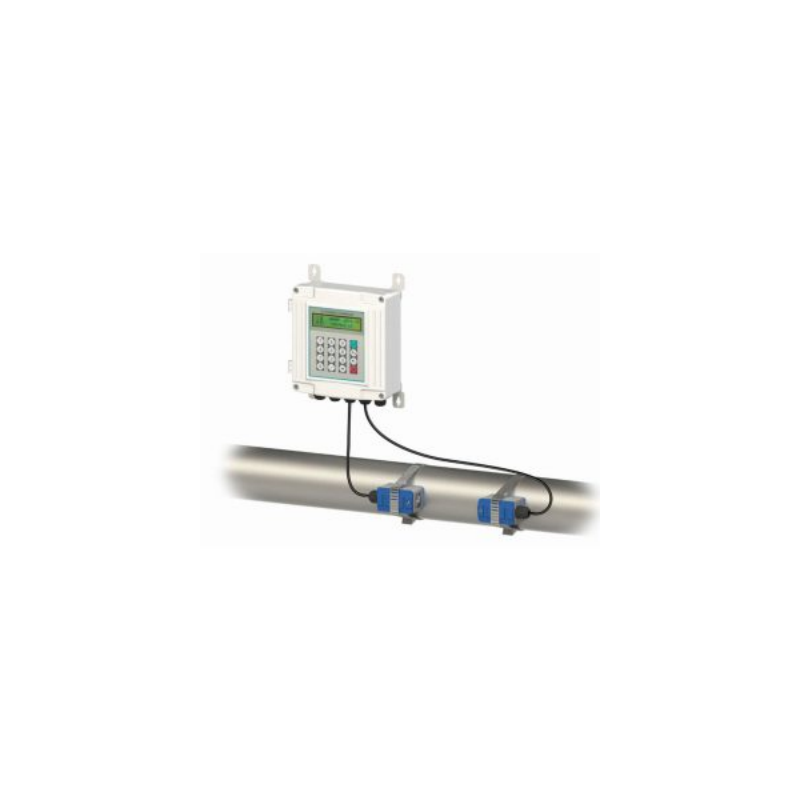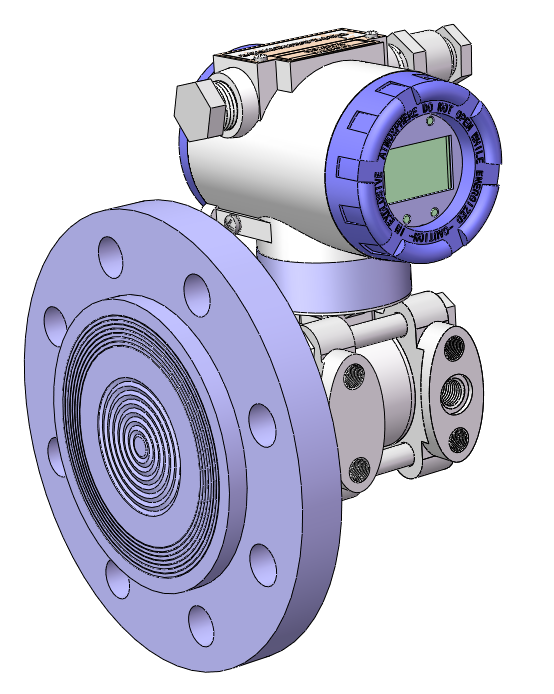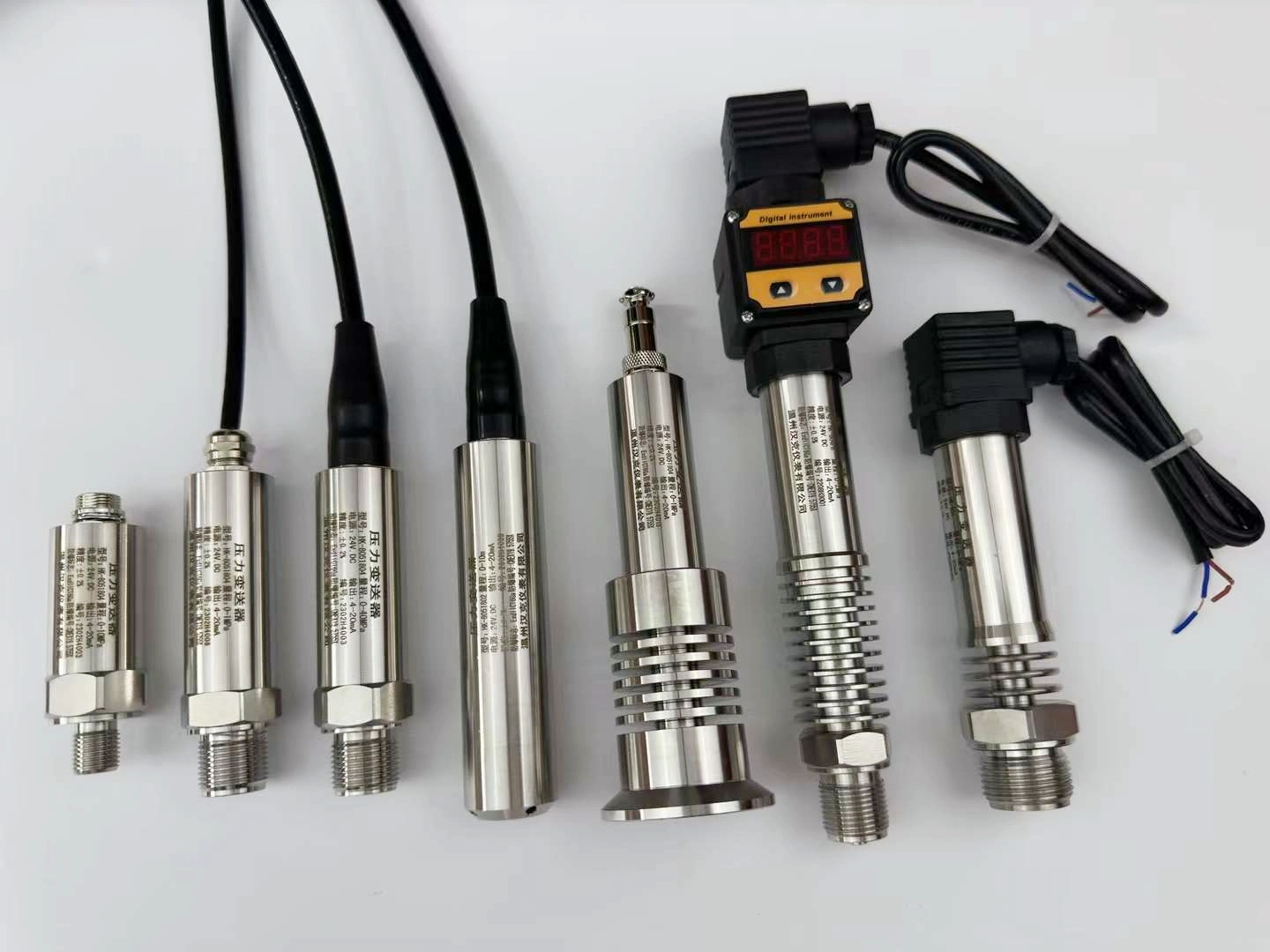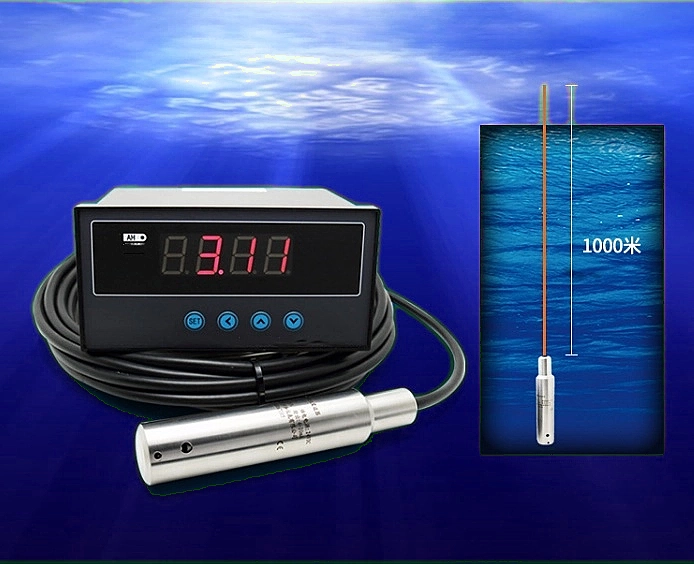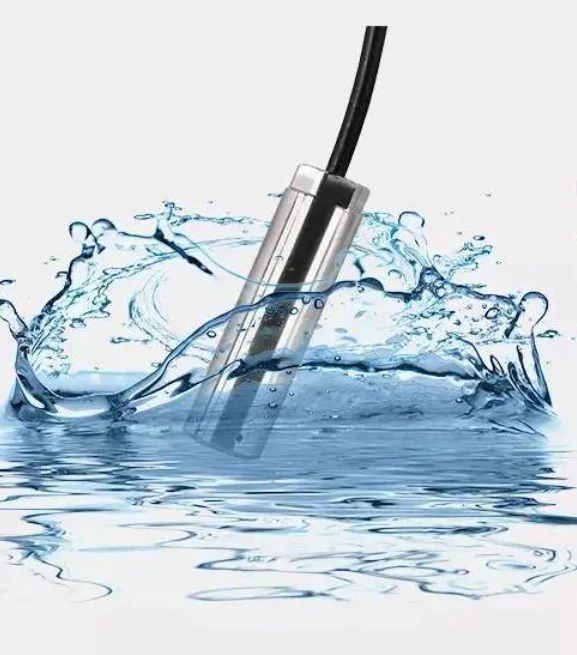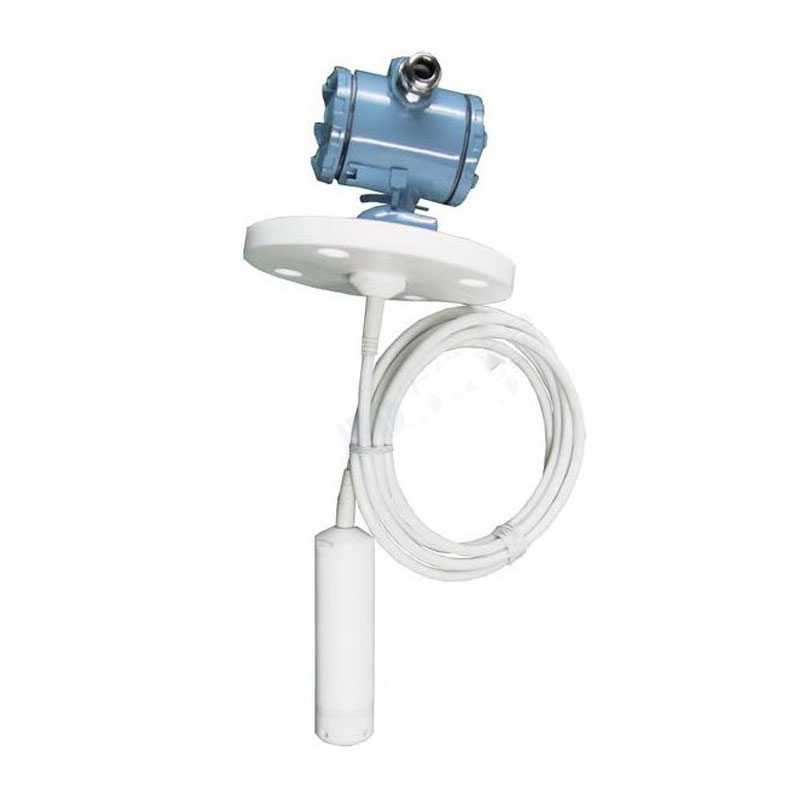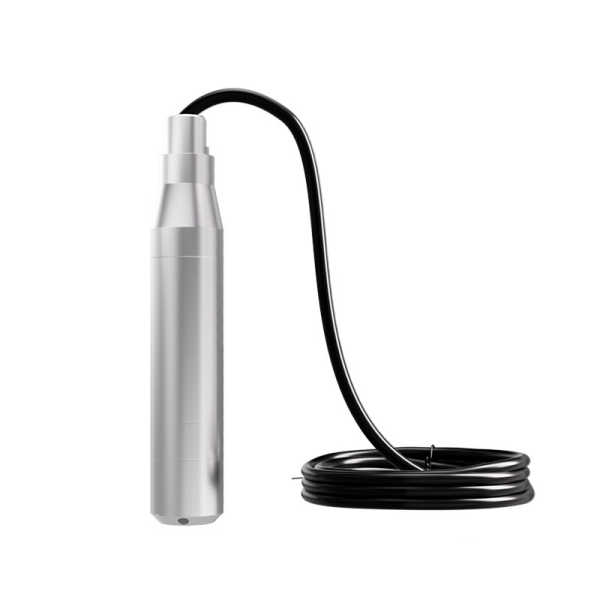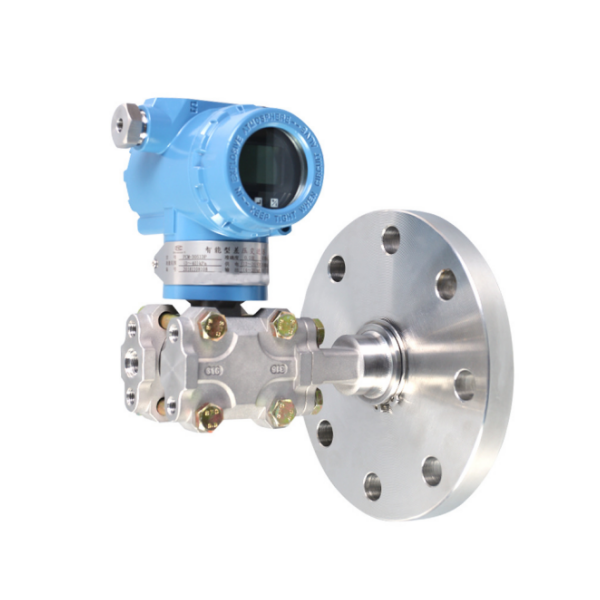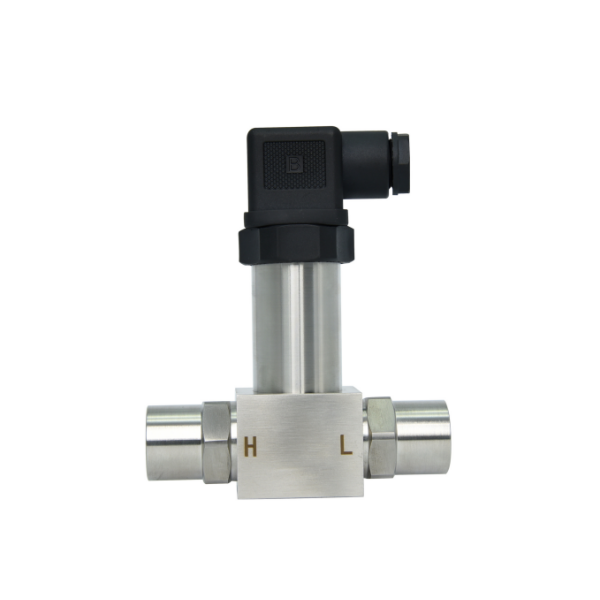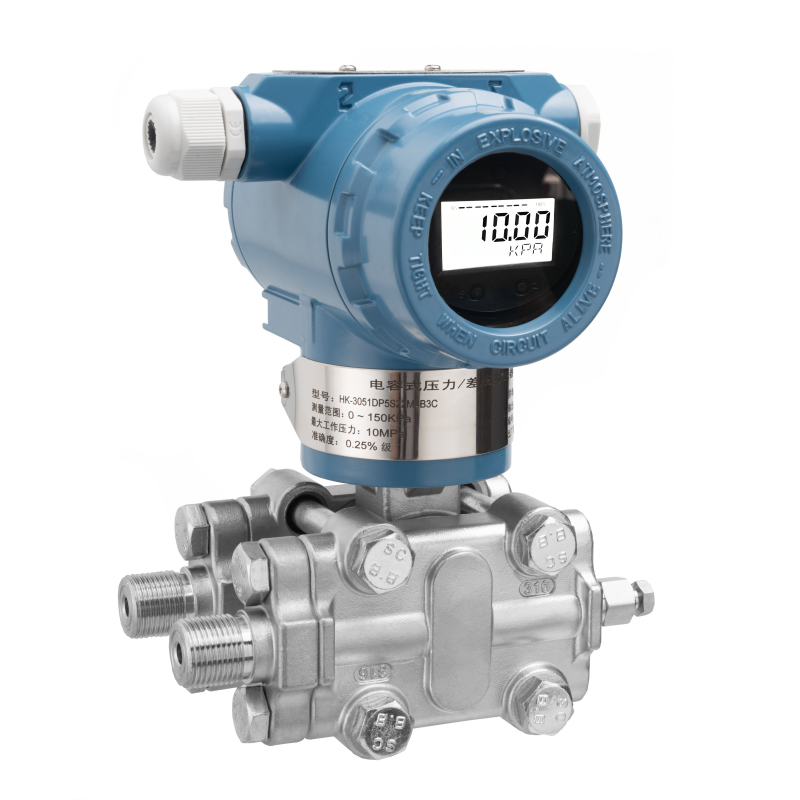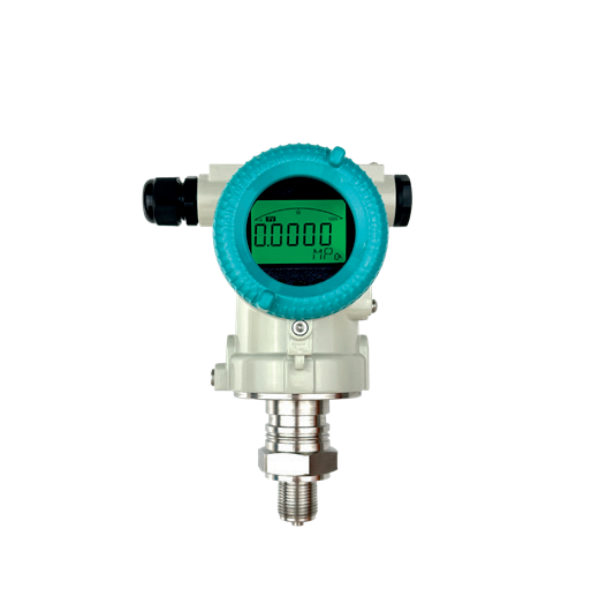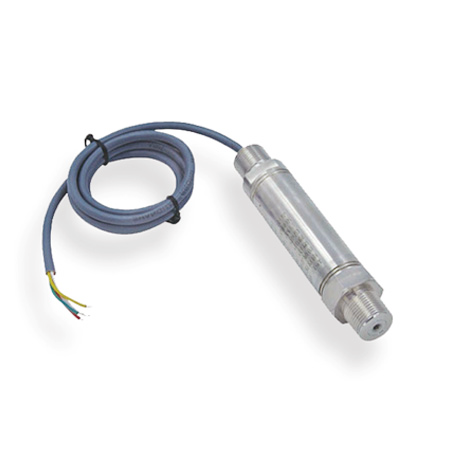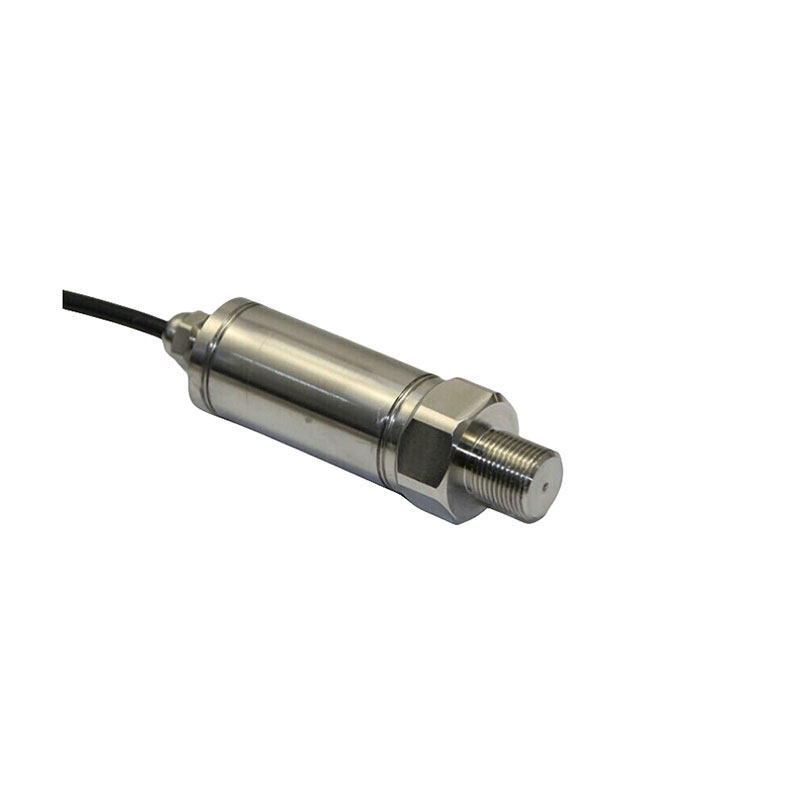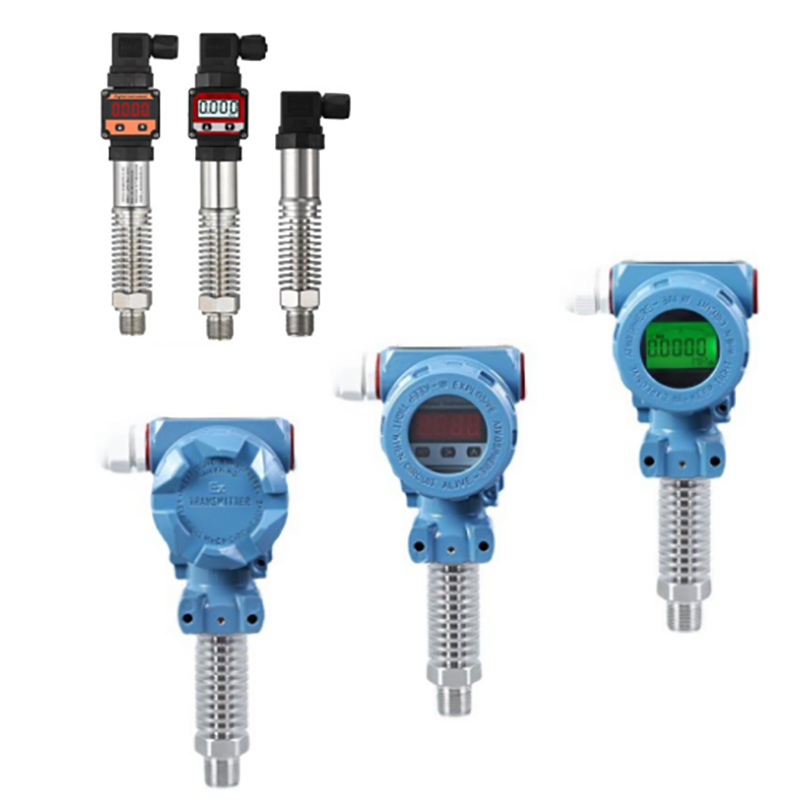Absolute Pressure Sensor or absolute pressure transmitter is what we often hear when choosing industrial pressure transmitters. So what is absolute pressure? What is the difference between absolute pressure sensors? Let’s analyze it together.
Definition of Absolute Pressure Sensor
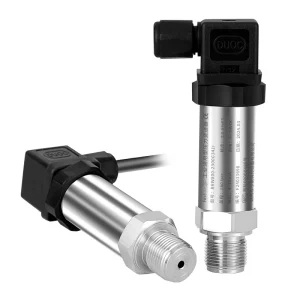
The absolute pressure sensor (Absolute Pressure Transducer) is a pressure transmitter with vacuum as the reference point. Used to measure absolute pressure. The benchmark for absolute pressure is vacuum. Therefore, the zero point of the absolute pressure transmitter is absolute vacuum.
The absolute pressure transmitter converts the pressure signal into a measurable electrical signal through the sensor, and generally outputs a current signal (such as 4-20mA) or a voltage signal.
This type of equipment is commonly used in industrial automation, instrumentation and control systems. Used to monitor and control various pressure applications, such as pressure monitoring of gases or liquids.
Featured Industrial Absolute Pressure Sensors
Absolute Pressure vs Gauge Pressure
Gauge Pressure: Generally refers to the measured pressure of a pressure gauge or pressure transmitter, and its zero point is atmospheric pressure.
Absolute Pressure: It is the actual pressure endured by an object, and its zero point is absolute vacuum.
The simplest way to tell the difference between gauge pressure and absolute pressure is that the reference (zero point) is different.
In practical engineering applications, the measurement type selected for most pressure gauges or pressure transmitters is gauge pressure.
Gauge pressure is a relative pressure (Relative Pressure), a pressure expression method based on atmospheric pressure. That is, when the pressure gauge is placed in the air or the pressure of the measured system is equal to the local atmospheric pressure, its indicated value is 0.
Absolute pressure gauges also have certain applications in fields such as industrial process control and scientific experiments.
Absolute pressure is a method of expressing pressure based on absolute vacuum. An absolute pressure gauge is a pressure gauge that directly measures absolute pressure. When the absolute pressure gauge is placed in the air, its indicated value is the local atmospheric pressure. Only when the system measured by the absolute pressure gauge is in absolute vacuum, the indicated value is 0.

To sum up, the difference between gauge pressure and absolute pressure is 1 local atmospheric pressure. The relationship between the two is as follows:
Gauge pressure = Absolute pressure – Atmospheric pressure
For example: the gauge pressure is 0.5MPa, and according to the above formula, absolute pressure = (0.5+0.101325)MPaA=0.601325MPaA.
Note 1: Strictly speaking, atmospheric pressure needs to be confirmed according to working conditions. It has something to do with local altitude and weather conditions. Many times, for the convenience of atmospheric pressure, the standard atmospheric pressure 1atm=101.325kPa is directly taken.
Note 2: Based on the abbreviation of the corresponding English words Gauge and Absolute. Usually, the suffix “G” or “A” is added to the standard unit to standardize gauge pressure and absolute pressure.
Note 3: If a gauge pressure sensor is used in the application and the actual measurement task is to measure absolute pressure. then the following additional errors must be expected:
①±30mbar caused by weather changes;
②When the position changes, it can reach up to 200mbar (such as rising from sea level to 2000m);
Depending on the measuring range, these errors may be significant (e.g. in pneumatic installations with a measuring range of 1 bar) or negligible (e.g. in hydraulic installations of 400 bar).
Absolute Pressure Sensor Working Principle
During operation, the isolation diaphragms and filling fluid on the high and low pressure sides transmit the process pressure to the filling fluid, and then the filling fluid transmits the pressure to the sensing diaphragm in the center of the sensor.
The sensing diaphragm is a tensioned elastic element whose displacement changes with the pressure it is subjected to. For GP gauge pressure transmitters, atmospheric pressure acts as if it were applied to the low pressure side of the sensing diaphragm.
AP absolute pressure transmitter always maintains a reference pressure on the low-pressure side. The maximum displacement of the sensing diaphragm is 0.004 inches (0.1 mm). And the displacement is proportional to the pressure.

Capacitive plates on both sides detect the position of the sensing diaphragm. The difference in capacitance between the sensing diaphragm and the capacitive plate is converted into a corresponding current. Voltage or digital HART (High Speed Addressable Remote Transmitter Data Highway) output signal.
Absolute Pressure Transmitter vs Gauge Pressure Transmitter
Absolute pressure transmitter:
The absolute pressure transmitter must be designed to ensure that its low voltage side (or reference side) can contact “absolute vacuum”. Or use compensation techniques to simulate absolute vacuum conditions. Therefore, during the installation process, there will be a dedicated vacuum sealed cavity inside the absolute pressure transmitter. Make sure it is not directly connected to the outside atmosphere.
In actual installation, the absolute pressure transmitter does not need to consider direct contact with atmospheric pressure. However, it is necessary to ensure the integrity of the vacuum seal to prevent air leakage from affecting the measurement accuracy.
Advantages:
The air duct is removed, reducing equipment costs. Moisture will not be introduced through the airway. It can better protect the internal protection of the pressure transmitter.
Disadvantages:
The measurement result needs to be subtracted by a local atmospheric pressure value by the program, although this value can be set in advance. However, due to real-time changes in atmospheric pressure, the measurement accuracy of the pressure transmitter will be reduced, and the maximum accuracy can reach 3%.
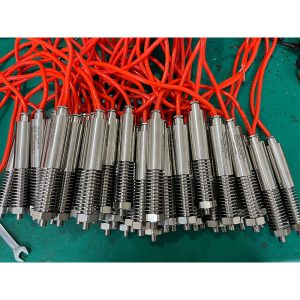
Gauge pressure transmitter:
The design and installation of the gauge pressure transmitter allows one side to be directly connected to the atmosphere. Usually through a vent or open structure. This allows the ambient atmospheric pressure to be sensed as a baseline.
What you need to pay attention to when installing the gauge pressure transmitter is to ensure that its vent hole is clear and unobstructed. And it is not contaminated by dust, water vapor, etc. Because these factors will affect its accurate reading of atmospheric pressure, and thus affect the measurement results.
Advantages:
The atmospheric pressure varies from place to place, and even the atmospheric pressure in a region changes every day. By introducing atmospheric pressure into the pressure sensing element, the real measured pressure can be measured in real time according to changes in air pressure. The accuracy can reach up to one thousandth.
Due to the high accuracy, pressure transmitters with smaller ranges can be manufactured.
Disadvantages:
The longer the transmitter cable, the higher the cost due to the addition of an air conduit.
If the transmitter is not installed properly, the air duct can introduce moisture from the air into the transmitter. Corrosion of the circuit inside the transmitter. Reduce the service life of the transmitter.
Absolute Pressure Sensor Applications
Absolute pressure sensors are used to measure parameters such as pressure, negative pressure and absolute pressure of gases, liquids and steam, and then convert them into 4-20mA.DC signal output.
In the era of industrial automation, absolute pressure transmitters are widely used for:
- Hydraulic and pneumatic control systems;
- Petrochemical, environmental protection, air compression;
- Power station operation inspection and locomotive braking system;
- Thermal power unit;
- Light industry, mechanical metallurgy;
- Building automation, constant pressure water supply system;
- Other automation and inspection systems;
- Industrial process detection and control;
- Laboratory pressure calibration, etc.
Absolute pressure transmitters are generally used in places where the local average atmospheric pressure deviates greatly from the standard atmospheric pressure. When the impact of actual atmospheric pressure fluctuations on process parameters exceeds the allowable range (the actual atmosphere is also different in different regions, seasons, and climates), it is necessary to choose an absolute pressure transmitter.
Sino-Inst supplies a wide range of absolute pressure transmitters for industrial use. Supports customization of pressure range, temperature range, installation thread, output signal and other parameters. OEM accepted!
If you need to purchase an absolute pressure transmitter or have related technical questions, please contact our engineers!

